The Journey is the Reward
As a trail maintenance volunteer, Ingrid Pecher makes sure that the Rax region's hiking trails are good to go.While growing up in Vienna, Ingrid Pecher was always fascinated by the stark contrast between the city’s seemingly endless brick canyons and the view of the mountain-framed wide open spaces beyond. And even today, the urge to venture into the mountains hasn’t let up. It was with her father that Ingrid first encountered and then learned to love the high mountains of Austria. Starting with easy trails, she was soon traversing mid-sized glaciers and using climbing ropes to hang from ever steeper precipices. Even after becoming sure-footed on climbs and cliffs, she’s always had a healthy amount of respect for both peaks and chasms. Which helps in her job as volunteer trail maintenance worker, as she puts it: “Whenever I’m repairing a trail, this allows me to immediately see which parts are more difficult to hike. Which massively helps me in my work.”
"My love for the mountains has never let up. But even today I still have a healthy respect for both peaks and chasms.“
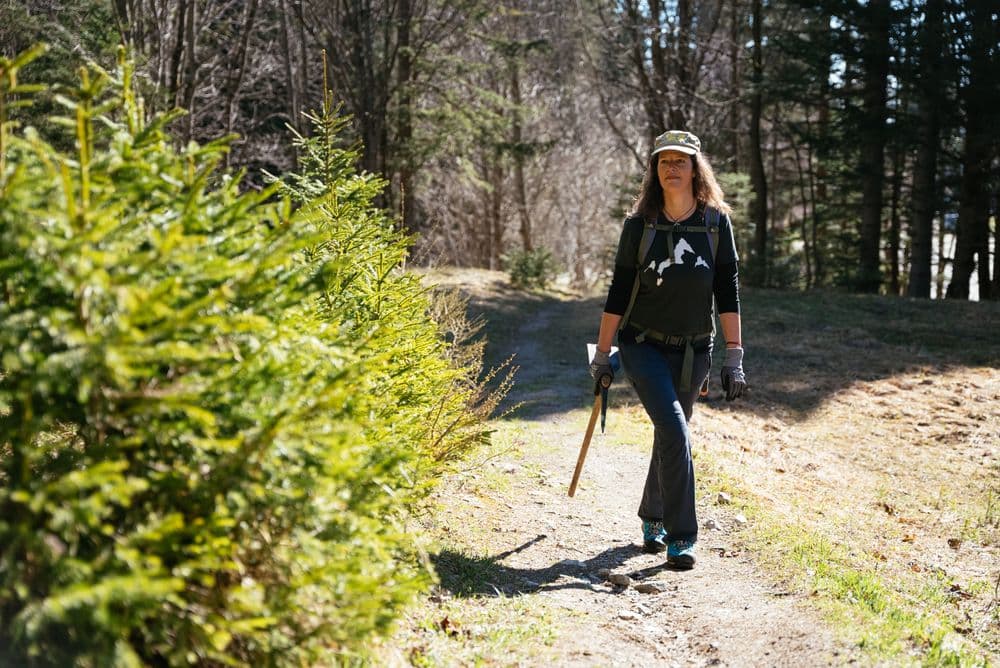
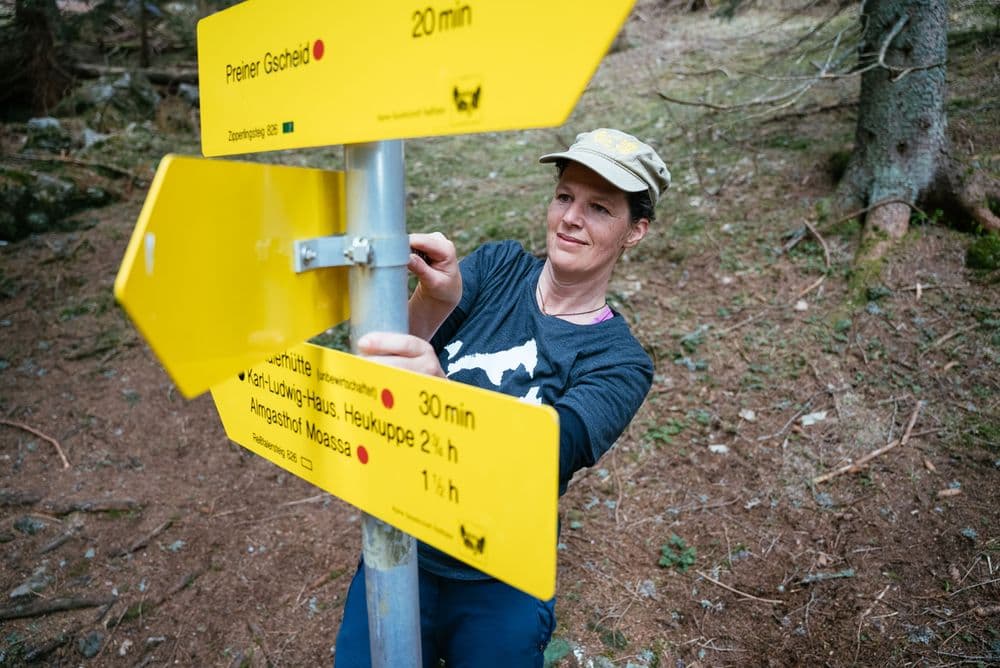
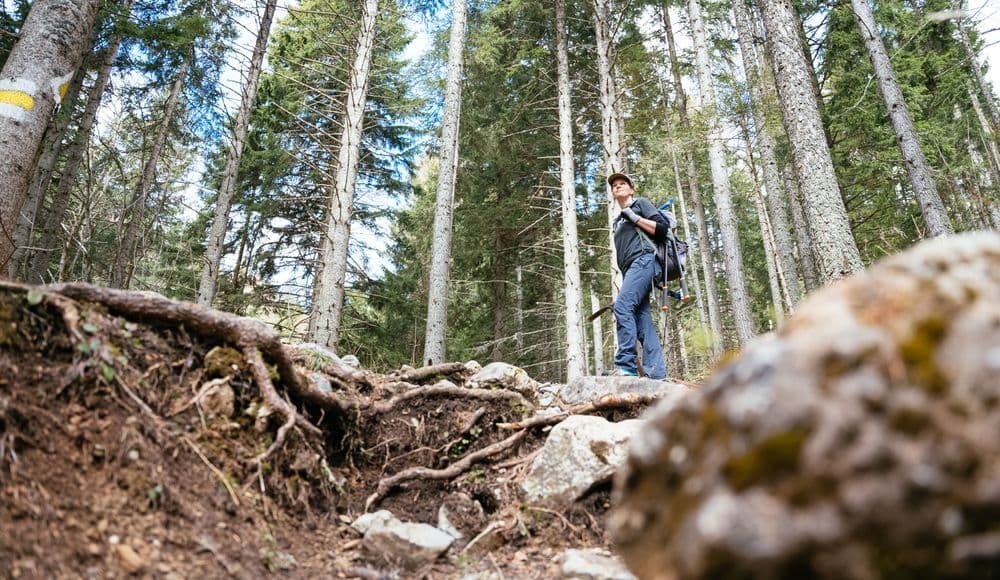
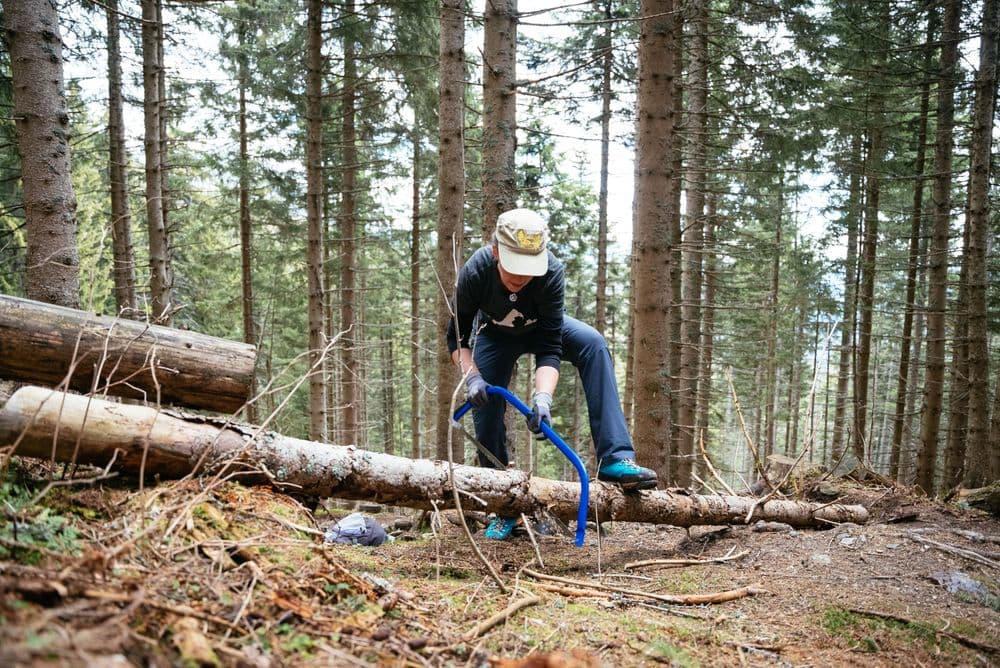
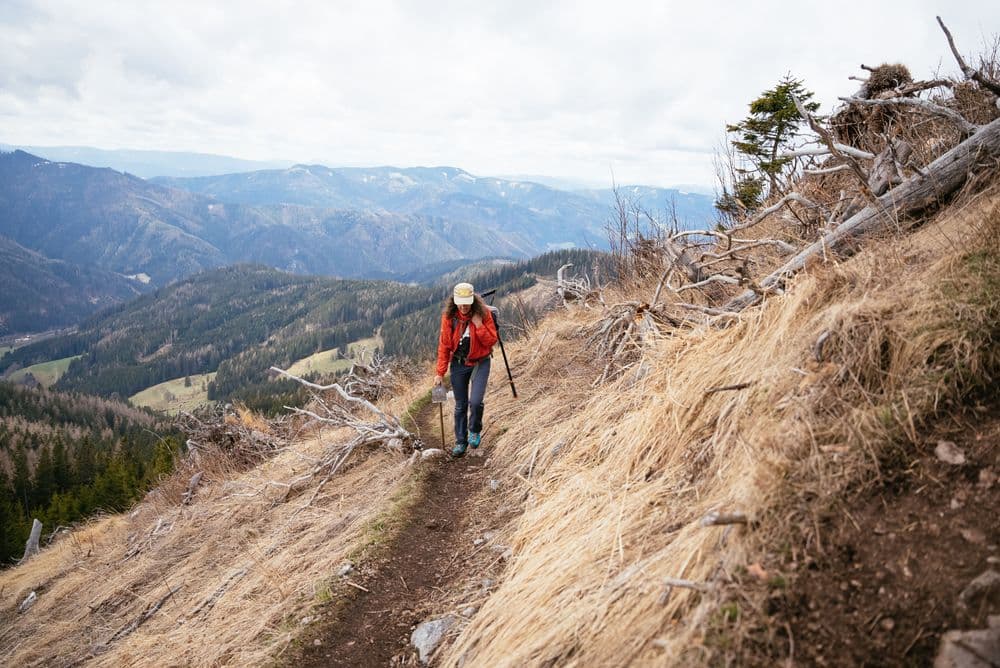
"Every time you pick up a little branch that's blocking the trail and move it to the side, it really helps us out."
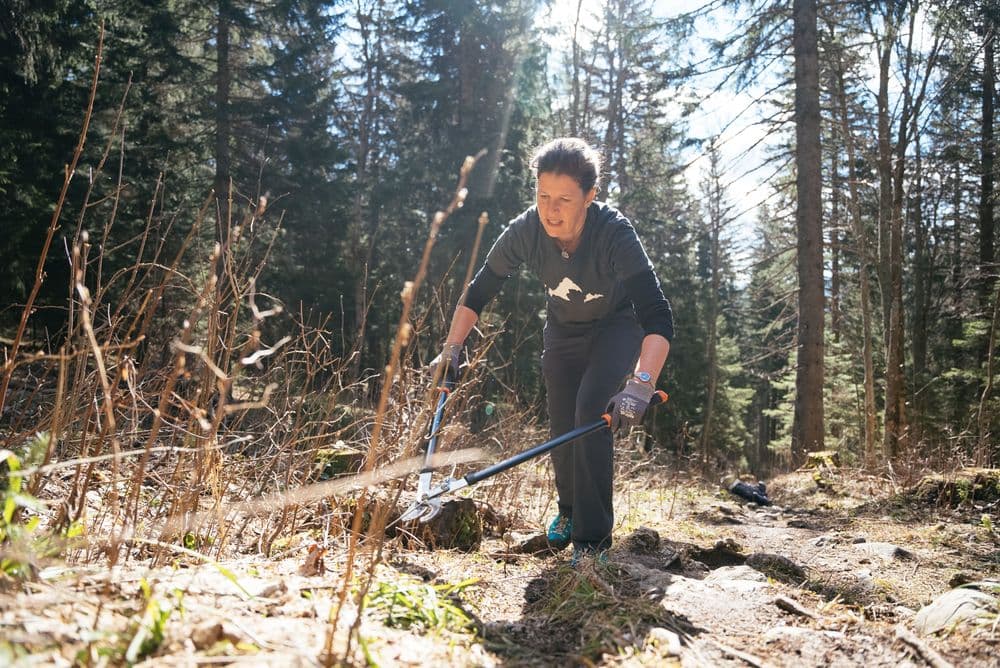
A Labour of Love
Ingrid Pecher has been a member of the Reißtaler Alpine Club since 2013, and a trail and climbing route maintenance volunteer since 2015. Though it's unpaid, the job demands unswerving commitment. "I've been around a fair part of the world and lived in Canada for half a year. I've been to every country in Europe, and went to college in Vienna, but my passion for the mountains has always stuck with me." In the course of an environmental project, she finally returned to the high country and began to look into becoming a member of the Reißtaler Club. Since then, she has devoted all her free time to the trails and climbing routes around Mt. Rax – the mountain massif on the border of the provinces of Lower Austria and Styria. And along with 40 other club members, she is responsible for keeping up the trails. More than 35 kilometres of hiking trails and climbing routes require regular maintenance, with a total elevation gain of more than 6,500 meters.
Working with the Seasons
The work is seasonal: Only when the last remaining snowfields on the Rax surrender to the first signs of spring in April and the temperatures gradually climb into the single digits, does Ingrid's season begin. She then clears branches from the trails, sweeps rockfall to the side, refreshes trail markings, and clears trails that have been partially washed away. "In places where we do reach our own limits, we hand the work over to professionals. That's because almost every year, heavily used trails and protected routes are affected by snow load, wind damage and rockfall." Ingrid's designated zone covers most of the Rax massif’s south side. " In Reichenau County, starting from Reißtal, we maintain the Wildfährte area running through the Kahlmäuer, as well as the Bärenloch and the Rax plateau trail systems, the Gradboden alpine trail, the Ochsenhalt path and the Bärengraben trail." By the time the tourist hiking season opens in June, Ingrid and her fellow crew members have ensured that every trail is easily passable. Their job over the summer months is to constantly monitor and maintain the trails. Their efforts are particularly in demand after major storms. "The weather events of recent years have at times been quite severe. We've seen entire hillsides slide away, experienced major rockslides, and seen storms knock down trees and scatter them like a game of pick-up sticks." Closing a trail is simple enough, according to Ingrid. "The harder question is, at what point is the trail safe to use again?" However, in cooperation with property owners, forestry workers and mountain rescue teams, they have always been able to find a solution. "We even had to reroute a trail at one point. That's when you, as a human being, just have to go with nature's flow."
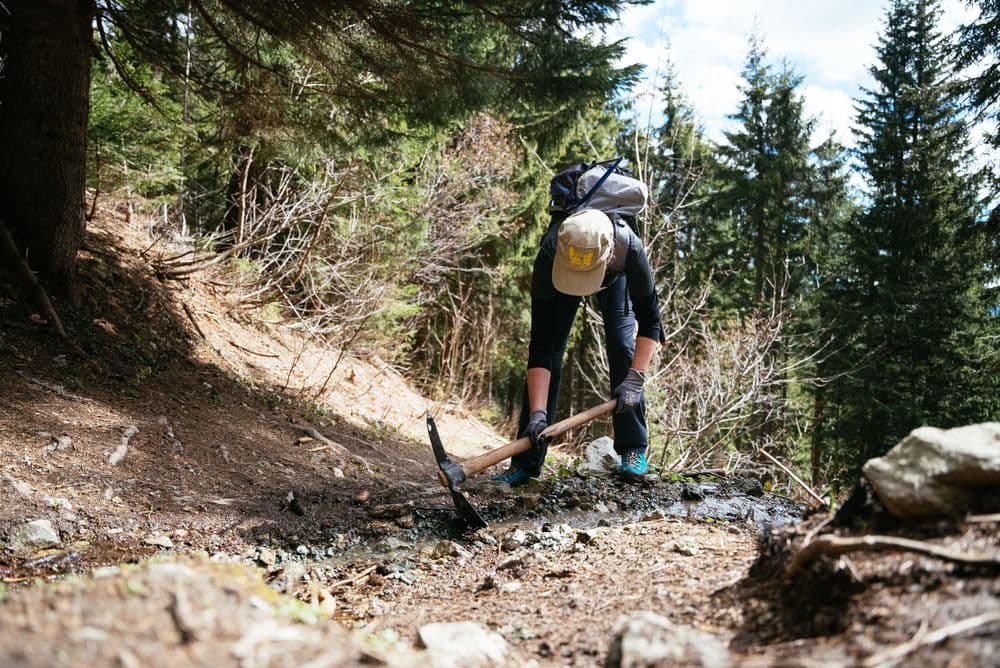
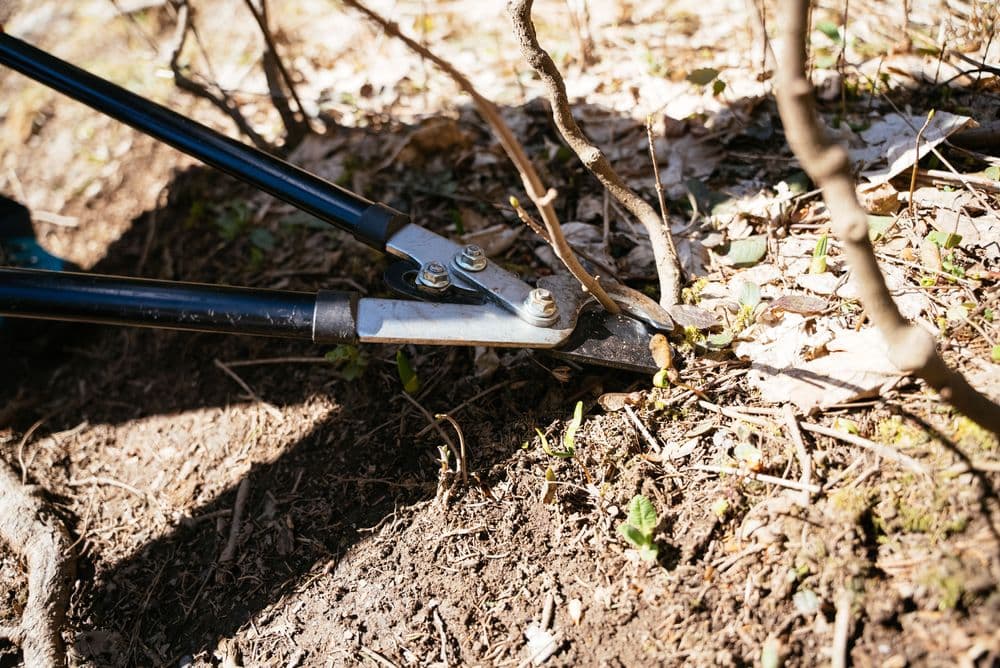
The Humbling Experience of Nature
The high mountain country is Ingrid's favourite place to retreat. "We've got mountains, we've got lakes, and nature out here comes with four seasons. When I plan a tour along the Rax, I know I'm going to hike through every type of vegetation. From mixed deciduous woods to coniferous forests, I’ll ascend to the mountain pine regions, and last but not least, rocky terrain awaits. You might come back to the same trail a month later and notice that the plants, light, colours, and sounds have completely changed." Ingrid still experiences the same deep engagement with nature as intensely as she did on her first alpine hike: "When I'm out here, I try to dial back my thoughts and my ego a bit, and start listening more to nature." Which might inspire others to occasionally pick up a little branch that's blocking the trail, and move it to the side. "That really helps us out. If major problems appear on the trail, it would be nice if you inform the nearest mountain hut operator or send us a message, by whatever means you like. The faster these messages reach us, the faster we can respond." And the faster the trail will be cleared again – for unspoilt alpine experiences in the midst of untamed natural beauty, until the first snowfall in November marks the end of the season and the climbing routes vanish for a time beneath the white blanket of winter in the high Alps.
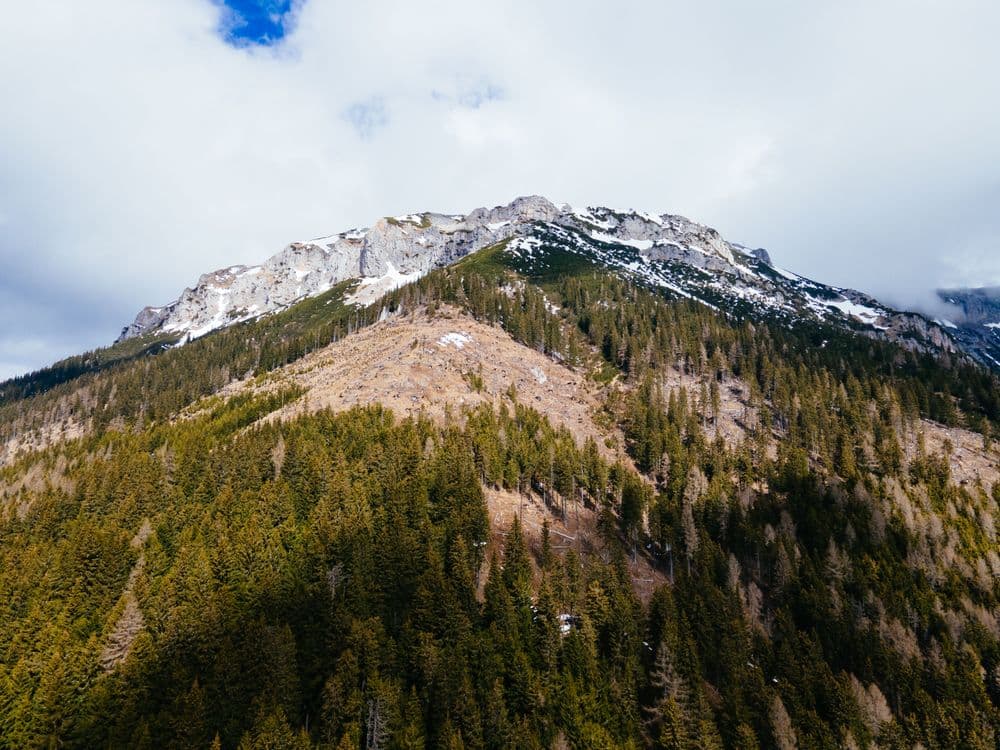
Reißtaler Alpine Club Ingrid Pecher has worked with the Reißtaler Alpine Club since 2013. Along with other trail maintenance crew members, it’s her job to maintain 35 kilometres of hiking trails and fixed rope climbing routes. As a volunteer, of course.
Translated by: Theodore Snydal